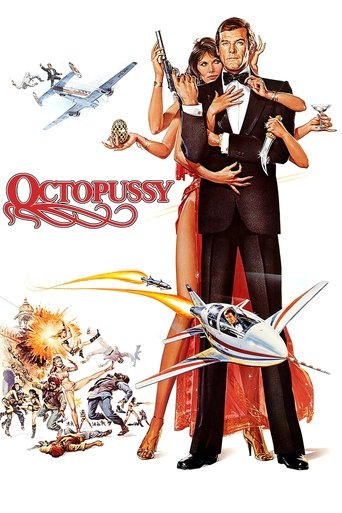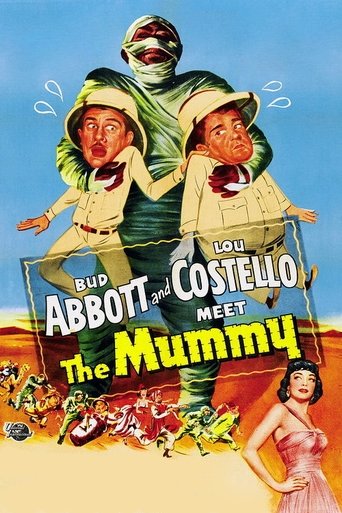The Lair of the White Worm 1988
On a farm owned by Eve Trent and her sister Mary, young archaeologist Angus Flint discovers a large and inexplicable skull, which he soon deduces belonged to the D'Ampton Worm, a mythical beast supposedly slain generations ago by the ancestor of the current Lord D'Ampton. The predatory Lady Sylvia Marsh soon takes an interest in both Flint and the virginal Eve, hinting that the vicious D'Ampton Worm may still live.









